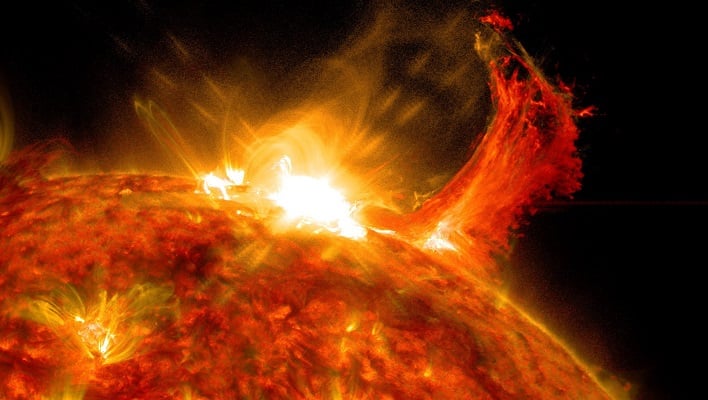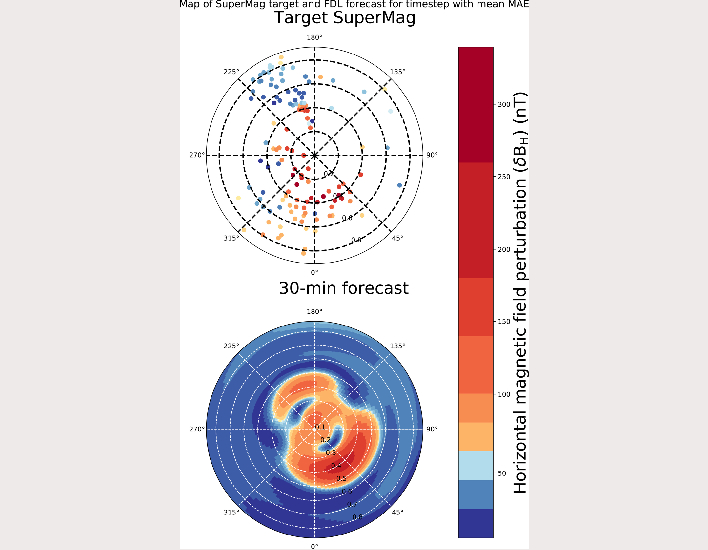NASA's AI DAGGER Model Would Give You 30 Minutes To Prepare For A Killer Solar Storm

The thought of an enormous geomagnetic storm happening in the near future is not unwarranted. The risk of geomagnetic storms and their devastating effects on society is increasing as we approach the next "solar maximum," a peak in the Sun's 11-year activity cycle, which is expected to occur sometime in 2025.
On Monday, March 12, 1989, the cloud of solar plasma struck Earth's magnetic field. While the collision caused a spectacular 'northern lights' aurora show that could be seen as far south as Florida and Cuba, it also created electrical currents in the ground beneath the greater part of North America. The currents sussed out a weakness in Quebec's power grid, and in less than 2 minutes its entire power grid lost power.
The most powerful solar storm on record, however, is known as the Carrington Event in 1859. The event was named after Richard Carrington, a solar astronomer in England. That particular event not only produced auroras that could be seen as far south as Cuba, the Bahamas, Jamaica, and Hawaii, but also took out telegraph systems worldwide. Telegraph operators were literally shocked by spark discharges, which also reportedly set some telegraph paper on fire. Amazingly, even after telegraphers disconnected the batteries powering the lines, aurora-induced electric currents in the wires still permitted messages to be sent.
Enter DAGGER, which was tested against two geomagnetic storms that occurred in August 2011 and March 2015. In both instances, DAGGER was able to "quickly and accurately forecast the storm's impacts around the world." The team says the model can make predictions in less than a second, with predictions updating every minute, and giving up to a 30-minute warning ahead of an event actually happening.

The DAGGER model is open source and could be adopted by power and grid operators, satellite controllers, telecommunications companies, and others for their specific needs, added Upendran. This type of warning system could give them time to take action in order to protect assets and infrastructure from being damaged by an impending solar storm.

